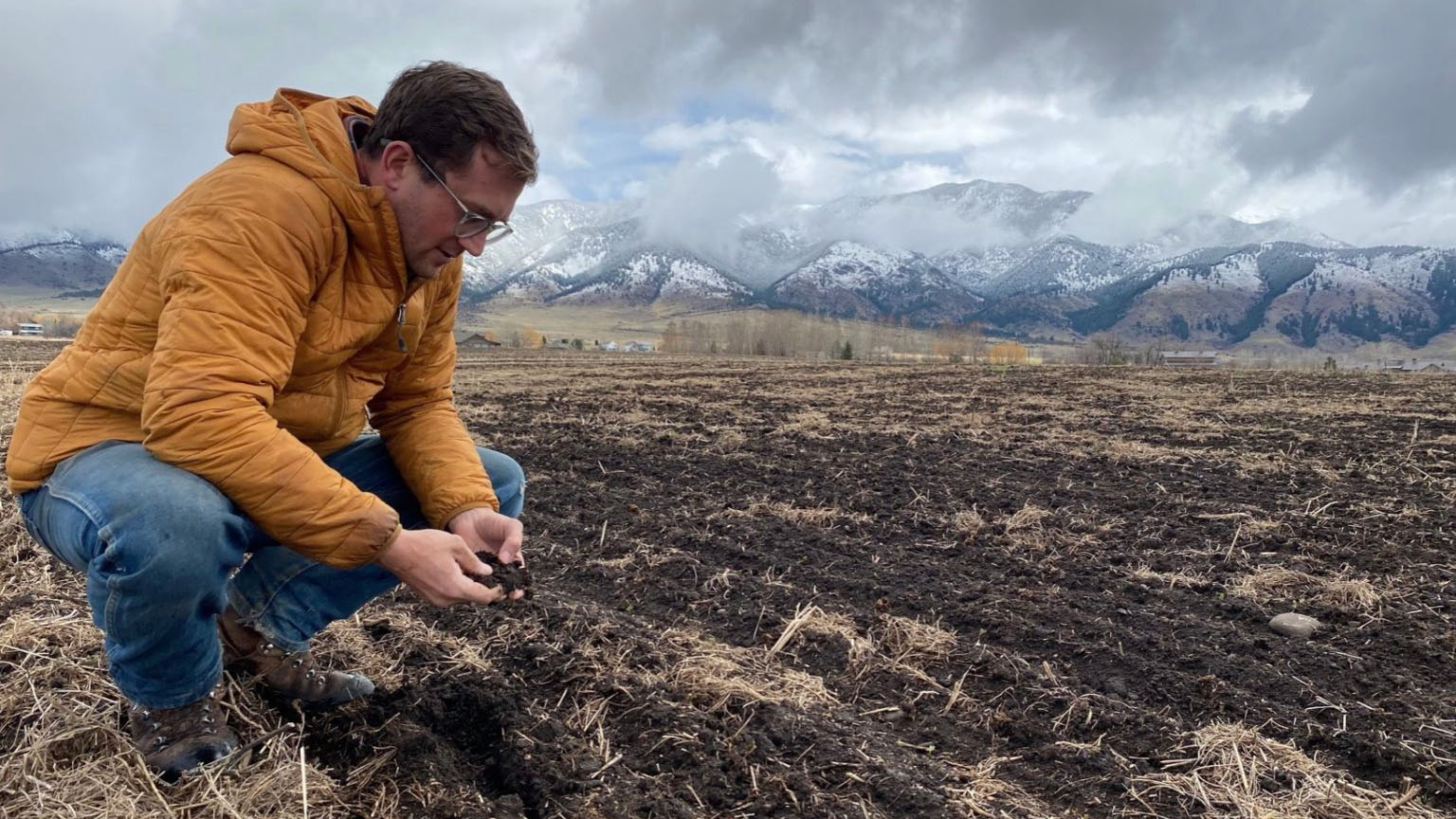By Emily Stifler Wolfe
Throw a tomato during a southwest Montana summer and you’ll probably hit a food producer. Whether a vegetable grower, a grain or lentil farmer, or a rancher, they’re the reason much of Montana still looks how it did a century ago.
With a national spotlight shining on small-scale farming and responsibly produced food, organic has become the fastest growing sector of the food industry. And as evidenced by the bare grocery shelves of the early pandemic, local producers are key to a resilient food system, especially in the face of a crisis.
“No matter what’s happening in the world, if you support local agro economy and business, there will always be food and goods available that were made within the community,” said Christina Angell, owner of Root Cellar Foods, an online market delivering local and regional fare to the Gallatin Valley, Big Sky and Livingston.
In southwest Montana, the local food scene is evolving quickly, with interest in regenerative practices—which improve soil health, support biodiversity and sequester carbon—growing among both growers and consumers.
Progressive farmers and ranchers like these are the future of food—and perhaps, the future of the planet as we know it. Here, we’ve highlighted a few of our favorite up-and-coming producers.
Cold Springs Ranch
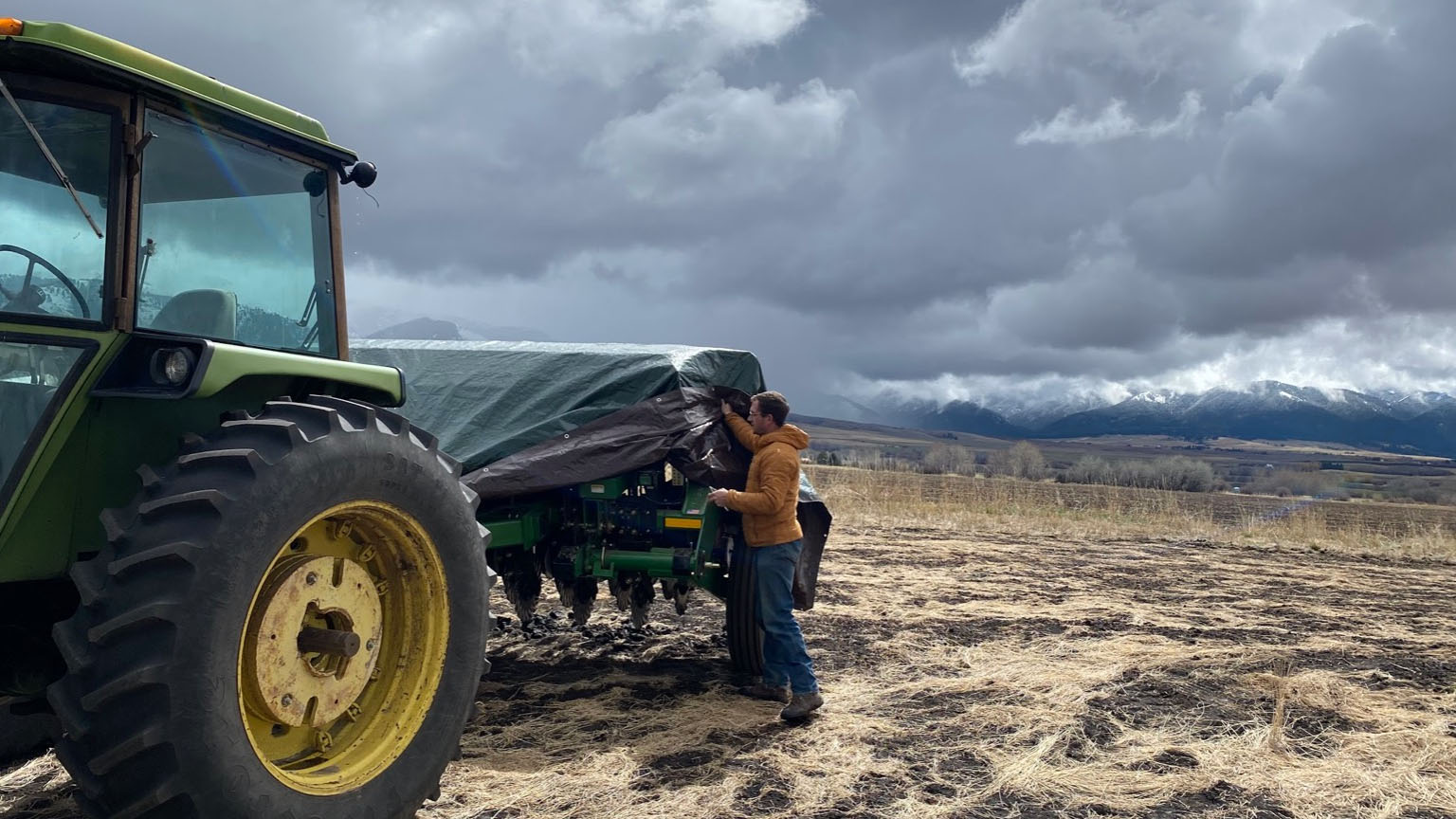

PHOTO BY EMILY STIFLER WOLFE
Nate Powell-Palm was 9 when he raised his first cow and sold it at the fair as part of a 4-H program in Belgrade. He earned organic certification during high school, and began farming crops while studying soil health at Montana State University.
In addition to cows, Powell-Palm, now 29, grows flax, spelt, yellow peas, lentils and durum wheat on the 975 acres he leases in Belgrade and Sheridan, Wyoming. He serves on the National Organics Standards Board and works as an independent organic inspector. Annie’s Mac & Cheese is one of his customers, and soon Powell-Palm aims to enter the direct market for whole grains, lentils, peas and flour.
Powell-Palm envisions a future where farms and ranches are integrated into the Gallatin Valley as it develops, helping to mitigate climate change and solving food insecurity.
“I think the point of farming is to ultimately feed my community.”
Three Hearts Farm
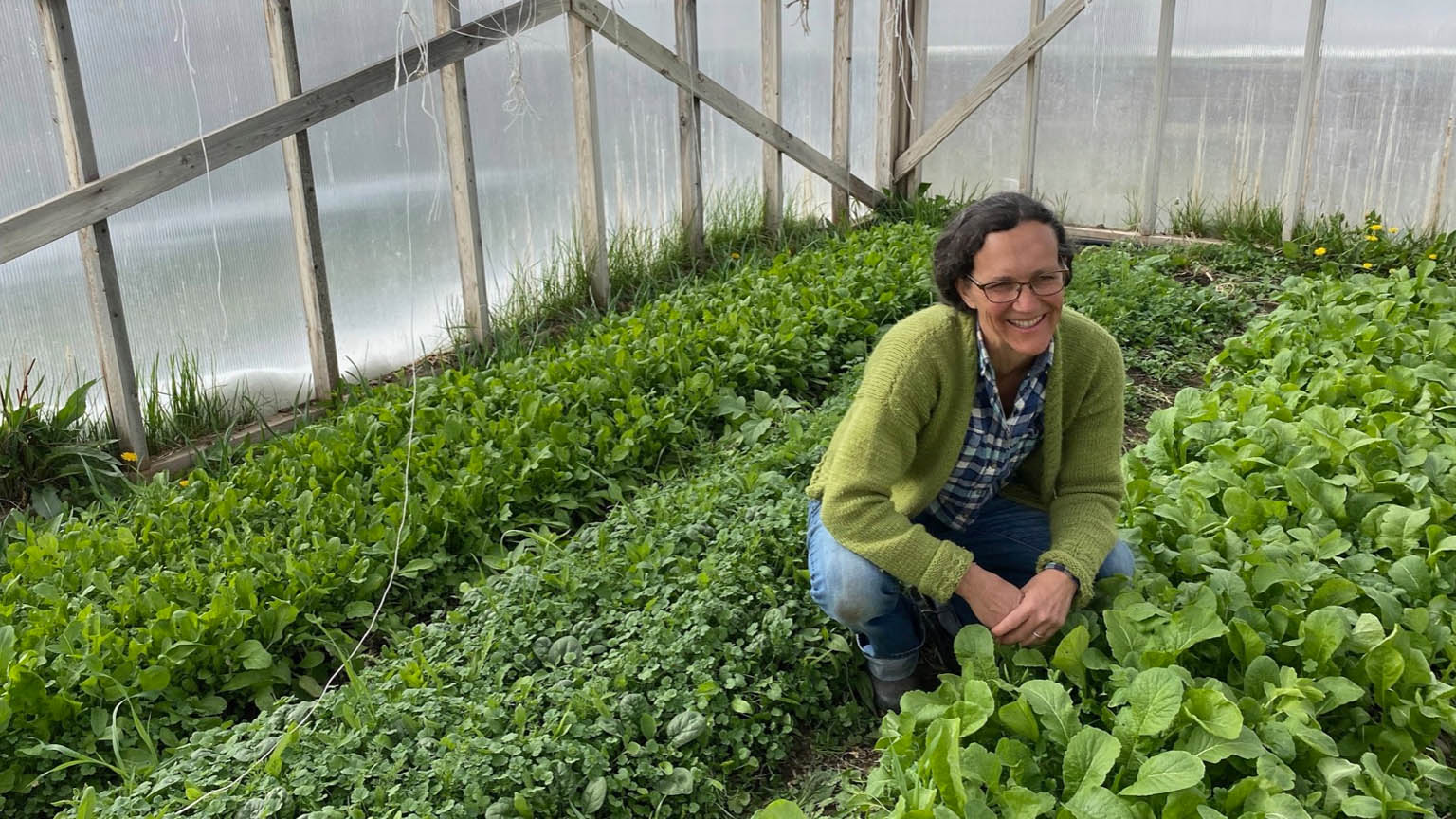

PHOTO BY EMILY STIFLER WOLFE
Every Friday in the summer, Rachael Hicks greets her regulars by name as they fill baskets with the seasonal vegetables, greens, herbs and eggs her family grows at Three Hearts Farm and sells through their onsite farm stand.
Originally from the Mission Valley north of Missoula, Hicks and her husband, Josh, 47 and 40, respectively, bought Three Hearts in 2016 with help from family, and three generations now work together on the 20 acres just west of Bozeman.
“We’re trying to find a scale that still allows us to enjoy it,” Hicks said. “I don’t want to continue to project an idea of farming that’s only attainable if you just work and never have time for family or community, because those are really valuable parts of our society.”
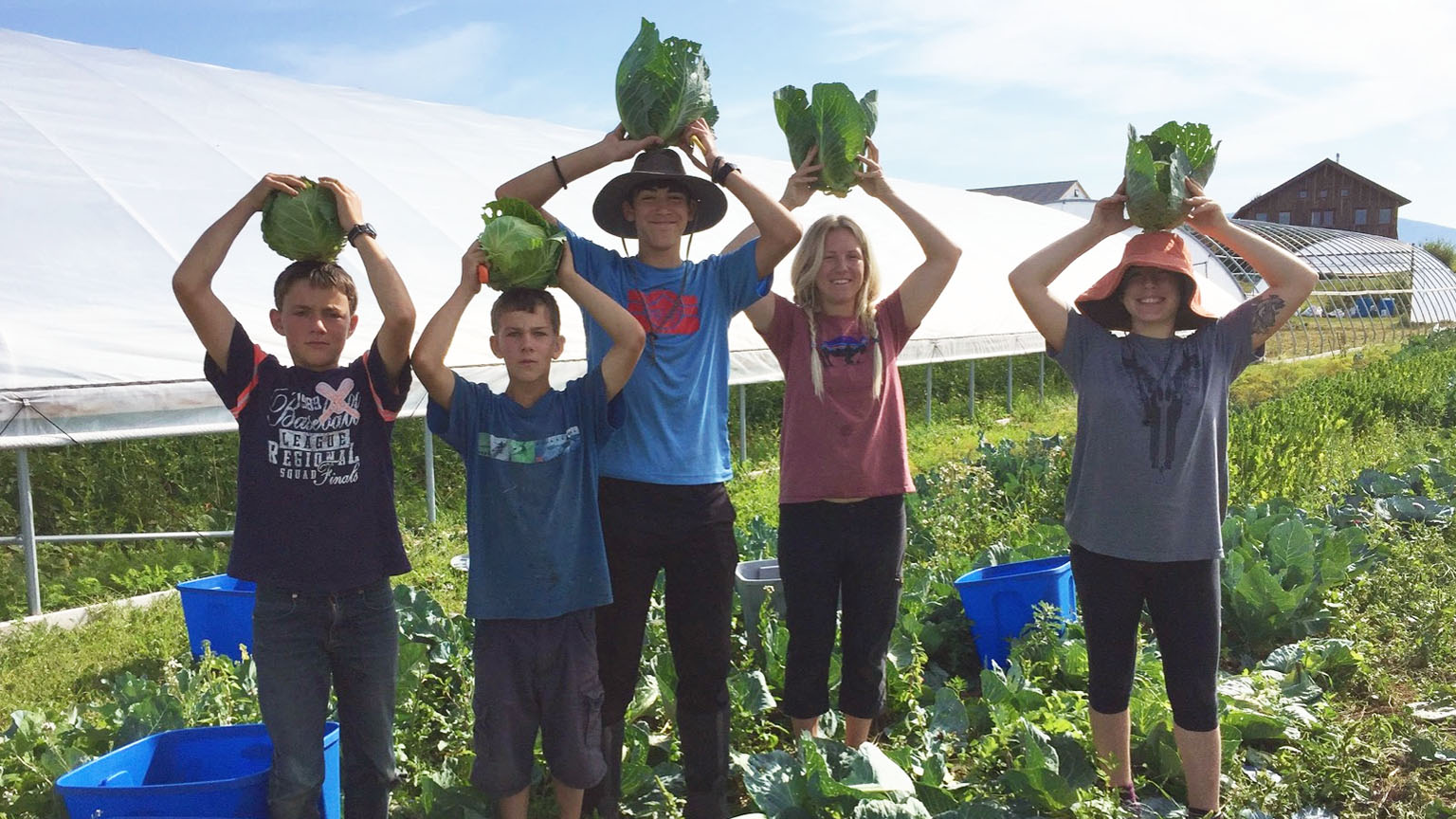

Beautiful veggies and happy farmers at Three Hearts Farm. PHOTO COURTESY OF RACHAEL HICKS
That means while they sell to restaurants and through Root Cellar Foods and their own market, they’re stepping back from their CSA to teach their four sons about gardening and business. In turn, it has allowed them to lease land to young farmers like gourmet mushroom grower SporeAttic and Foxglove Flower Farm, supporting the next generation.
Little Creek Lamb & Beef
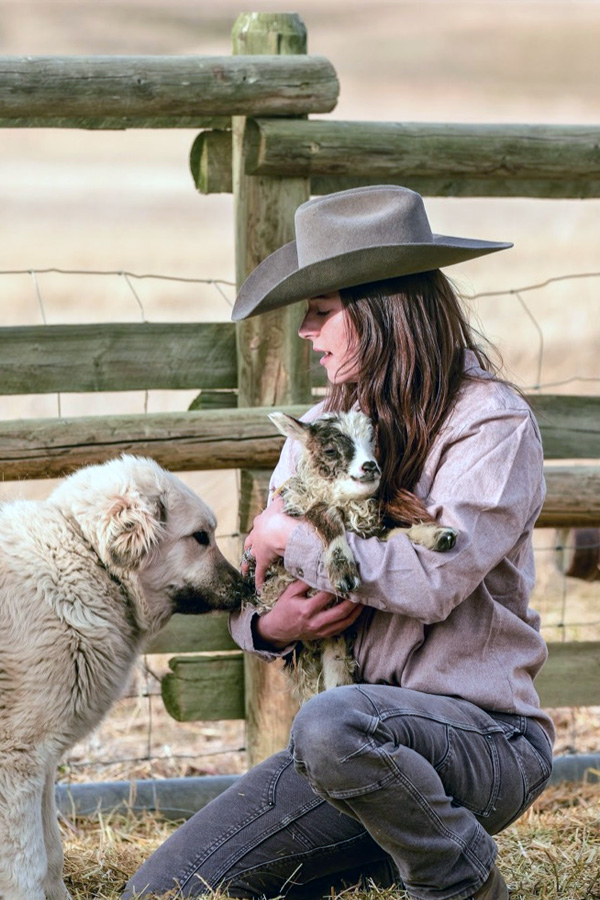

Caroline Nelson shows a livestock guardian puppy a new lamb. PHOTO BY JOCELYN BATY
Part of the growing trend of direct-to-consumer meat, Caroline Nelson pasture-raises Icelandic lambs on her husband’s family farm near Townsend, and runs a herd of Black Angus and Hereford steers on a friend’s ranch outside of Ringling. No stranger to the importance of a strong local food chain, when the pandemic hit she had enough lamb and dry-aged beef to last a few normal months. Instead, she sold out in two weeks.
Originally from Pennsylvania, Nelson, 31, began grazing sheep in 2018 on 3 acres between her father-in-law’s irrigation pivots. Now up to 20 acres, she moves the animals regularly to improve her pasture, and finishes the cows on both grass and barley, which she says improves richness and flavor.
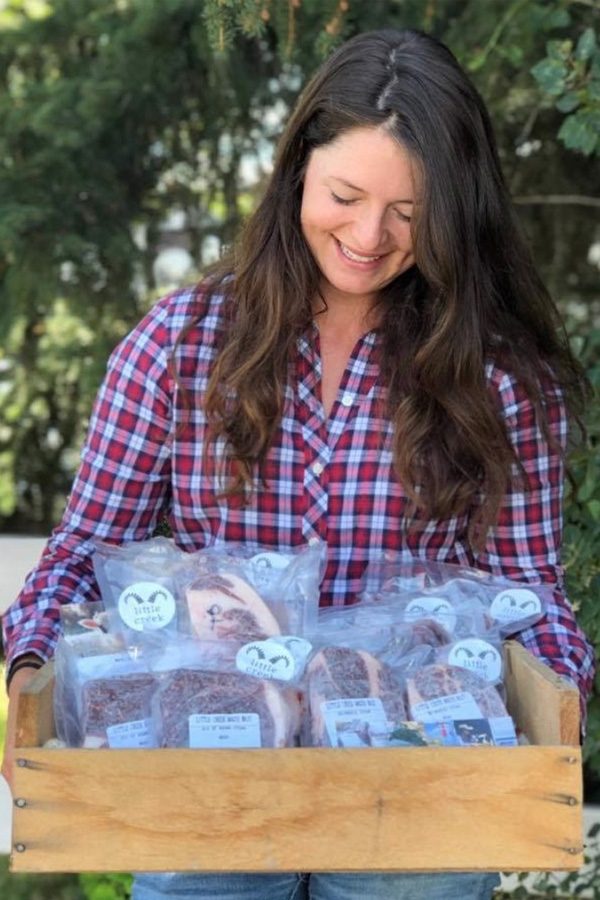

PHOTO BY JOCELYN BATY
“I’m trying to do this the right way from the beginning,” Nelson said. “Our goal is that the only inputs on that pasture are the [animals] fertilizing it themselves.”
By tracking the soil quality and reducing fertilizer during the transition away from conventional practices, every year they’re planting more diversified grasses, increasing soil productivity and raising healthier sheep.
YES Compost
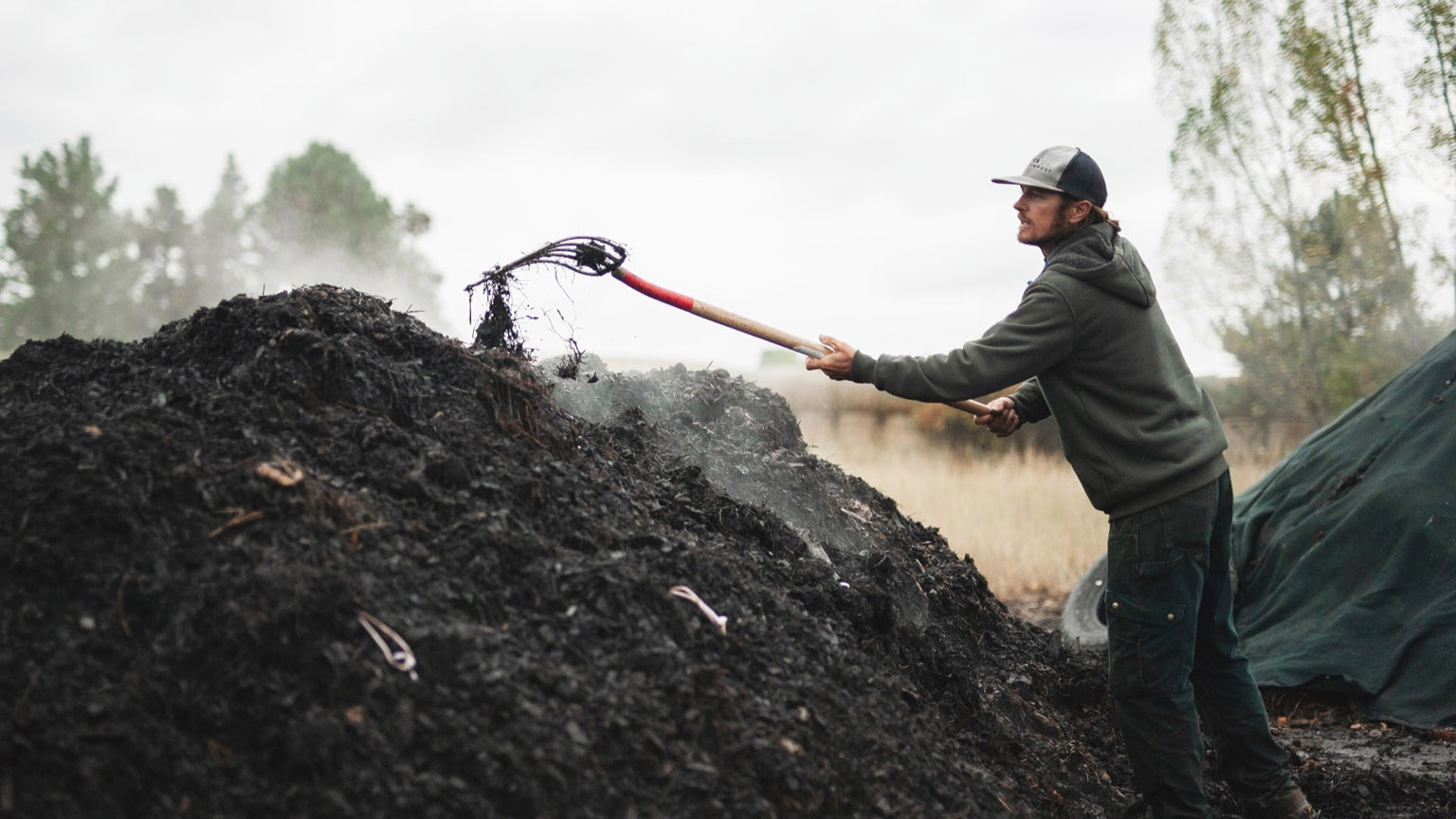

YES Compost owner and founder Karl Johnson churns a pile of nutritious compost. Compost is good for both the environment and the food system. PHOTO COURTESY OF KARL JOHNSON
Karl Johnson has a noble goal: divert all food waste from the landfill and instead redirect it into compost. As food waste breaks down in a landfill, Johnson explains, it creates methane, a greenhouse gas far more potent than carbon dioxide. When composted, however, it becomes a natural fertilizer that feeds plants and gardens.
The former alpine ski racing coach started Belgrade-based YES Compost in 2018, gathering residential and business food scraps from Big Sky and the Gallatin Valley. After mixing them with wood chips, he adds “red wiggler” worms to break everything down quickly, a process called vermiculture.
In addition to clean buckets every week, his customers receive a spring delivery of either worm castings or finished compost.
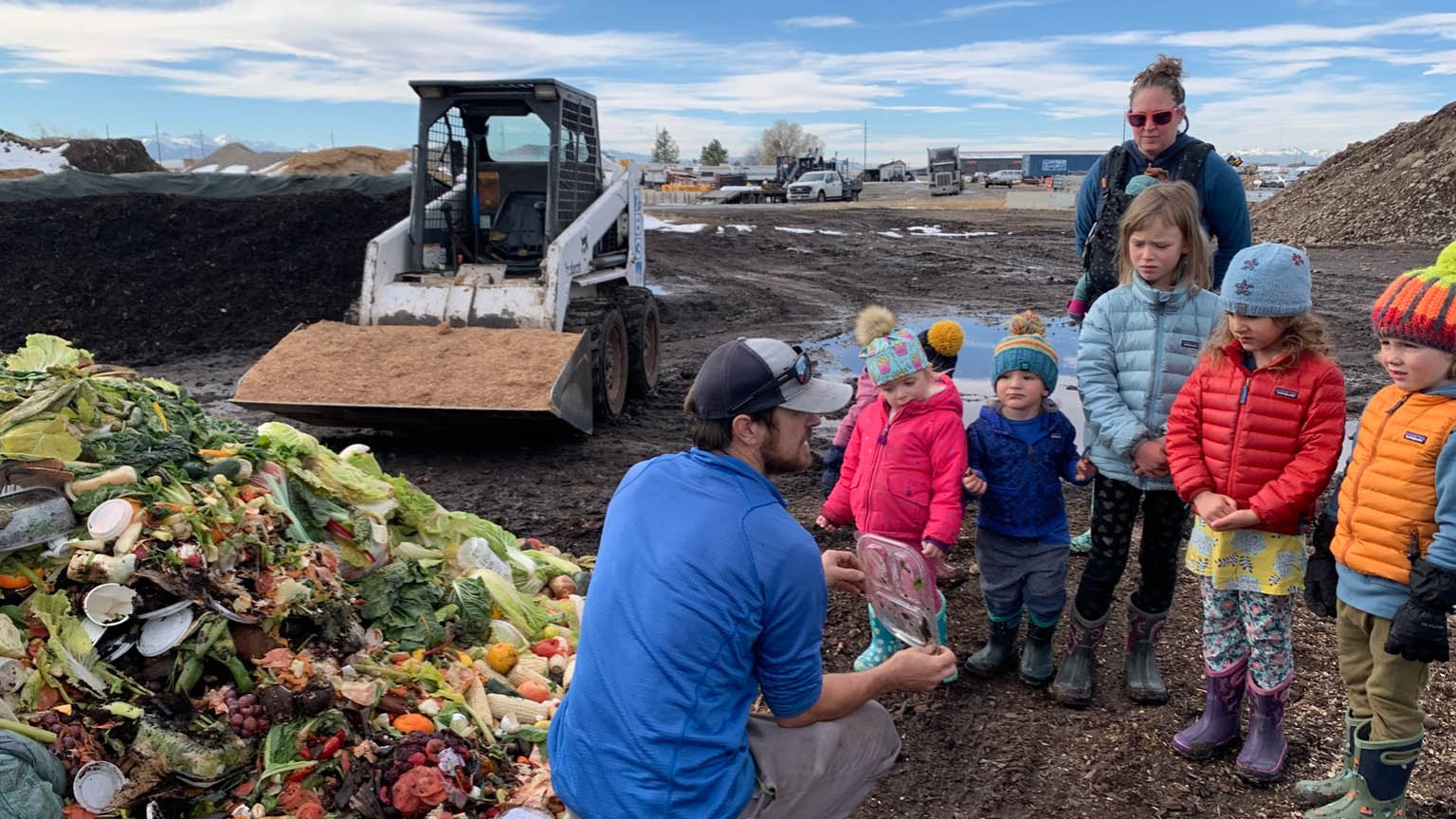

PHOTO BY RUTHI SOLARI
“We’re catering to the person that wants to participate in composting but doesn’t necessarily have the space, time or desire to be digging in a compost pile,” Johnson said. “We take the ick factor out of it.”
RegenMarket
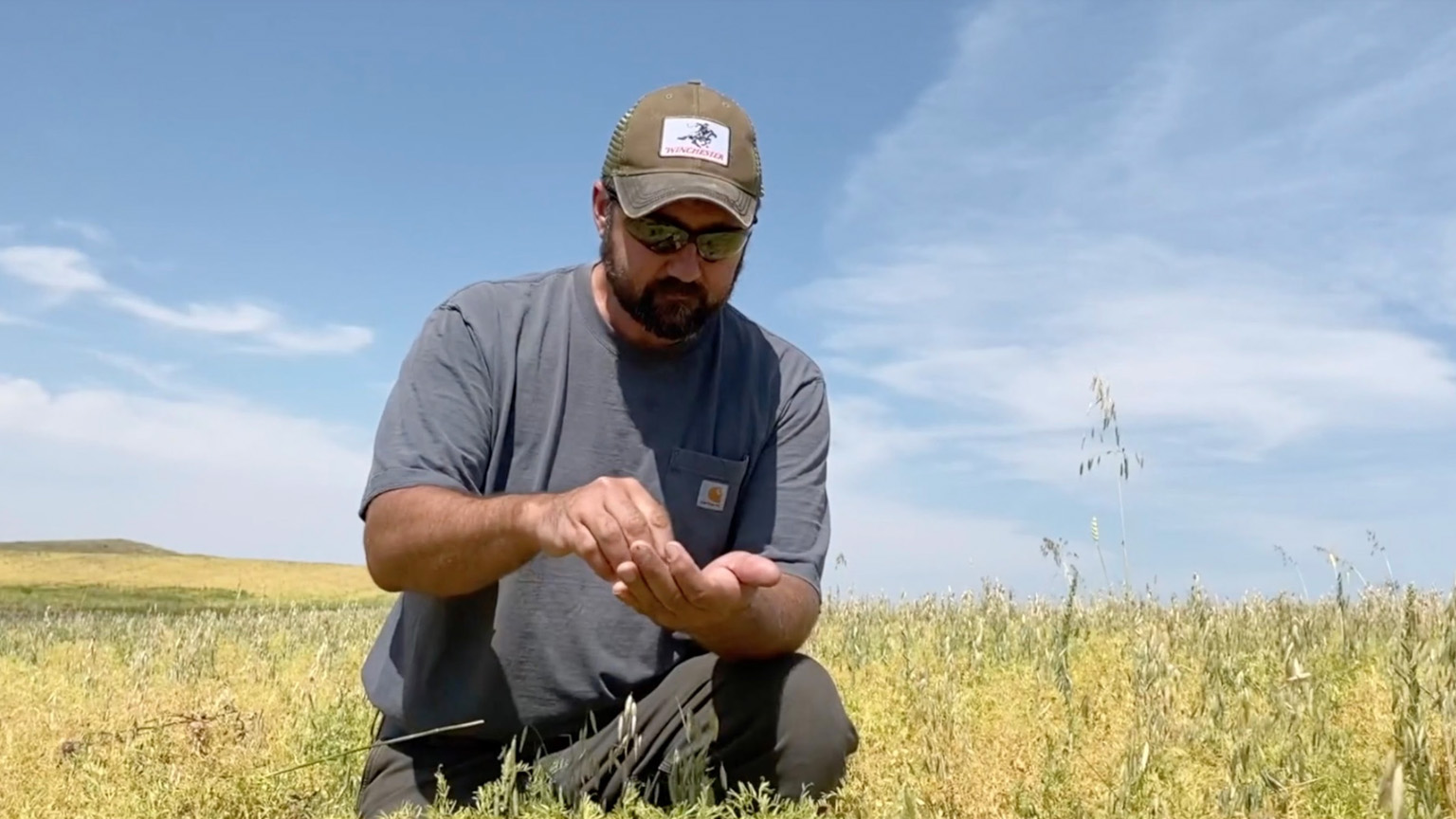

Jody Manuel with Prairie Grass Ranch, a RegenMarket producer, on his ranch in Havre, Montana. Manuel is one of six producers represented by RegenMarket. OUTLAW PARTNERS PHOTOS
With the launch of RegenMarket in February, Big Sky locals Ryan and Monica Kulesza along with Steve and Amy DiTullio set out to solve the two main problems they saw in the regenerative agriculture industry: educating people about what it is and providing a market space for producers to easily sell and ship their products direct to consumers.
RegenMarket is a membership-based online marketplace featuring products made in Montana using regenerative agriculture practices. The store currently represents over 100 products including beef, pork, lamb, honey, lentils and plant-based proteins from six of Montana’s top regenerative producers: Prairie Grass Ranch, Olive Branch Pork, B Bar Ranch, Montana Natural Lamb, Timeless Natural Food and Olivarez Honey Bees.
“By focusing on soil health, our producers’ regenerative agriculture practices truly provide the highest quality and naturally healthy food we can consume,” Ryan says. “There’s always an ‘aha’ moment when people just get it; when they understand that what’s in the soil translates to the plants, translates to what animals feed on, translates to the quality of what we’re eating.”




